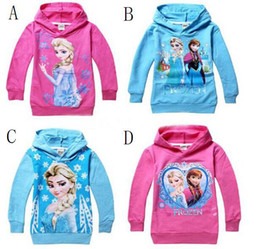Food companies make everything from basic necessities to luxury delicacies. Though the range of products is hugely diverse, many food companies employ similar basic strategies to market their products. Here is a quick guide to the main ones.
Food companies are clear about what they’re selling
Some food products are marketed based on their taste. Many, however, are marketed on other benefits. Common examples of alternative benefits include health/weight-control, sustainability/environmental benefits, and convenience.
Food companies always have a target audience in mind
Everyone needs to eat but at the same time everyone has their own needs, wants, budget and taste. For example, a person who just wants bread for their morning toast is not going to waste their money on premium rosemary focaccia. Likewise, a person who wants the tastiest sourdough for their lunchtime sandwich is not going to settle for a basic, white loaf.
Food companies know their competition
Even though literally everyone in the world needs food, the food industry is one of the most competitive industries around. There are two main strategies food companies use to deal with this. Larger food companies often try to become their own competition. In other words, they will have multiple brands in the same area.
Smaller food companies may gain traction in one, or both, of two main ways. Firstly, they may leverage a larger competitor’s marketing work. In other words, a large company will use its marketing budget to make consumers aware of a product. A smaller company will then launch a competitor product leveraging the awareness the larger company has created.
Secondly, they may target a larger competitor’s weaknesses. This will not necessarily be an issue with the food itself. It may simply be a byproduct of the fact that the larger company is a larger company. For example, some consumers may try to support smaller brands on principle. Other consumers may simply be bored of the mainstream brand and want something different.
Food companies understand niching
If you can name a food brand, then you can almost certainly name its niche. Companies may expand a little from their original niche. They will, however, generally

Speak Your Mind